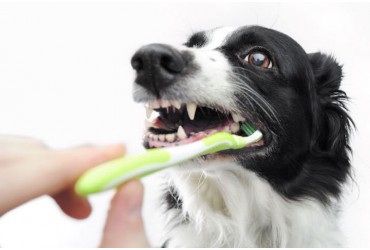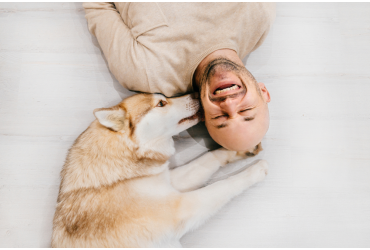Dealing With a Dog Bite
It may not come as a surprise to learn that some dogs simply do not enjoy having other dogs around them. Dogs need space too, and may react aggressively at a situation when they are uncomfortable.
And if your dog ever encounter a dog bite, it is normal to freak out. However, try to practice the following steps to keep damage and injuries to the minimum.
Step One: Remain as Calm (as Possible)
We know it's hard. But getting agitated will make the situation. The best thing you can do is to stay still and quiet so you don't scare either dog and get them more upset than they actually are. Avoiding direct eye contact with the dog who bit is also helpful for the dog because you need to lessen the intensity of the situation.Step Two: Get the Dog's Records
Assuming the dog's owner is present, getting proof of rabies vaccination as well as their contact information is essential. If your dog was bitten and is up to date on his rabies vaccine, it's less important to know the rabies status of the other dog. However, if a person was bitten, the rabies vaccine status of the other dog becomes very important.Step Three: Call the Authorities
If the dog is a stray, contact AVA. They can check to see if the dog has a microchip and can be led back to an owner, who can tell you if the dog had a rabies shot. Regardless of the rabies shot, AVA can get the dog off the street, which is essential. If the dog who bit has an owner, they're responsible for any vet bill (or emergency room bill).Step Four: Go to Your Vet
If your dog is bitten you should have your dog examined by a veterinarian ASAP, sometimes bite wounds are more severe than they initially appear. Plus, a dog's mouth is filled with bacteria, so any bite that punctures the skin will introduce bacteria under the skin's surface. This could result in a tissue infection, even if the bite wound appears to be minor. Most likely, your dog will be prescribed antibiotics for small bites and sutures or more extensive treatment for larger lacerations.Step Five: Care for Your Pup Post-bite
If you can't get to the vet immediately, clear superficial scrapes and abrasions with mild soap and warm water (but all bleeding wounds or puncture wounds need to be seen by a vet ASAP). After patting dry with a clean cloth, you can apply a triple antibiotic ointment topically. Monitor closely for signs of infection such as redness or discharge, and contact your vet immediately if any occurs.You should try (as best as you can) to limit licking or chewing of the wounds by your dog until they're healed. Talk to your dog in a calm, soothing tone, and be careful about petting or touching them, especially near the wound, as pain can make them do things they wouldn't otherwise do, such as bite you.
Tags: dog



